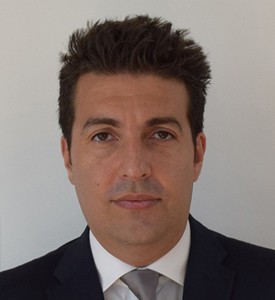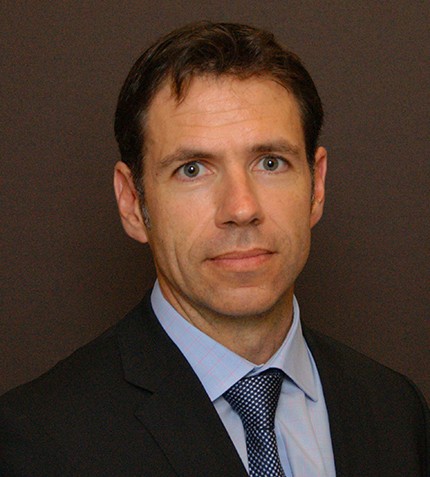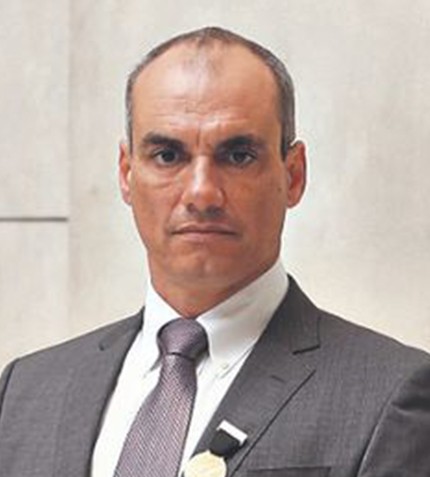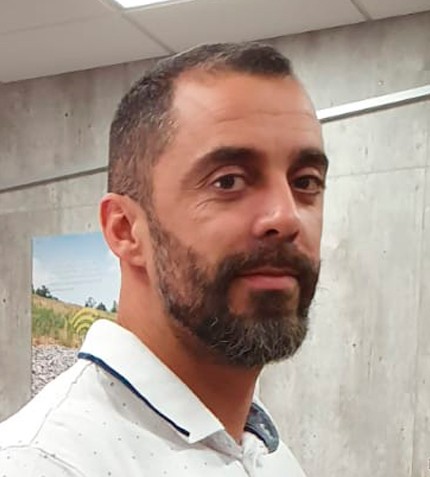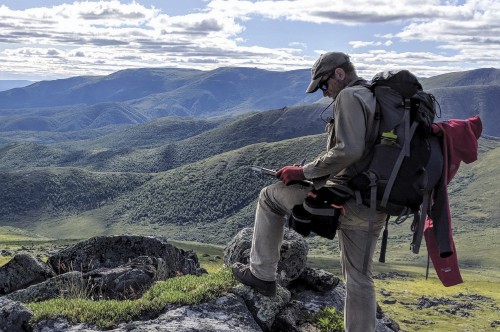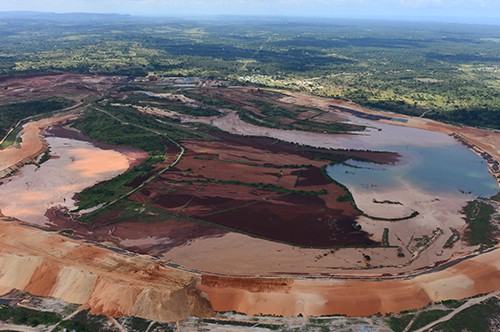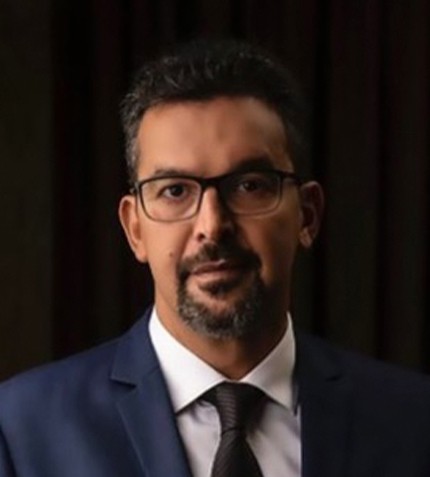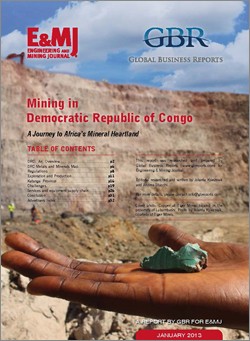
PUBLICATION
Democratic Republic of Congo Mining 2013 E&MJ Release
With an estimated $24 trillion worth of untapped mineral wealth in the ground at today’s prices, the Democratic Republic of Congo (DRC) has the potential to become rich beyond imagination. The country’s mineral resources include cobalt (world’s largest reserves, holding more than 45% of overall reserves), copper (world’s second largest reserves after Chile, at 70 million metric tons), diamonds, gold, zinc, uranium, tin, silver, coal, manganese, tungsten, cadmium and crude oil. Yet, over the past 20 years, average gross domestic product (GDP) growth has lagged below that of its eight neighbors, while total GDP is below that of its smaller neighbors Angola, Tanzania, Uganda or Zambia. Today, as always, the country’s true economic salvation seems to depend, to a large extent, on the successful exploitation of its vast mineral resources.
The enactment of Law No. 007/2002 of July 11, 2002 relating to the Mining Code was aimed principally at attracting investments in the country’s vast mineral resources. More recently, the presidential and legislative elections in November 2011 dominated the political scene, with incumbent, Joseph Kabila, winning a second mandate. Despite the continued challenges of operating from the DRC, including the physical and institutional infrastructure of the country and continued civil unrests in the eastern Kivu provinces, recently there have also been positive signs. GDP in 2011 reached 6.5% (a slight drop from the 7.2% figure of 2010) marking 10 years of positive GDP growth, something that has never been recorded before. President Joseph Kabila is implementing reforms and the effects are obvious: inflation fell from 46.2% in 2009 to 23.1% in 2010, and again to 17% in 2011. Those wishing to invest in the country must analyze the DRC cautiously and patiently




